The twisted story of an updated Challenger
The Self-Propelled Gun, Avenger, A30, was a tank destroyer, still armed with the same 17-pounder gun of the Cruiser Tank Challenger. Both were registered under the A30 denomination. The Avenger emerged as a new way to mount the excellent 17-pounder tank gun in an armoured motorized vehicle. It was one of a series of attempts to mount the new 17-pounder tank gun in an armoured vehicle. There is controversy if actually the Chalenger entered combat in small numbers late in 1944, and still debated if it had any encounter, but the Avenger surely never. Its first prototype was ready in the summer of 1942, but production was delayed until March of 1944 while the Avenger was still testing... in the summer of 1945.Development: Doing better than the Challenger

Early rendition study of the chassis with the 17-pdr gun in a portee mode. Note the Crowmell chassis. It was in early 1942.
By the summer of 1942 indeed a frantic search for a mobile platform for the new 17-pdr led to several ways, among which the A.29 heavy tank (forerunner of the Centurion). A shortcut was taken in adopting a faster, simpler tank hunter, which led to the A.30 (Challenger I). However, the artillery branch wanted more a tank destroyer than a tank and the A.30 was for them a tank, albeit its numerous design issues. The artillerymen found it unwieldy and slow. By late June 1942 at last, the artilley corps requirements for a tank destroyer were specified, basically an A.30 with thinner armour and noi more than 26 tons. It was studied to retake a Cromwell chassis but with a limited traverse structure for the gun in portee as an alternative.
The second proposition was even more outlandish: This was a hybrid, a turretless crusader mounting a 17-pounder gun in a new mount, shown to the artillery on July 2nd, 1942. It's height was the same as the A.30 while protection was quote weak, and this included the high-mounted ammunition storage. William Robotam meanwhile made its own observaiton, thinking the A.30 still was an excellent tank destroyer, and could be improved upon, between mounting a lighter turret and downgrading armor.
Meanwhile the Challenger developed by Robotham upon the Cruiser Tank Mk VIII Cromwell basis started production from March 1944 but only joined the front in July. Production stopped after just 200 were built. Designing a more lightly armoured tank destroyer with the same gun and a revolving, but better designed, lower turret emerged soon to fill tank hunter regiments aside the Archer self propelled gun which was an interim solution mouting a backwards mounted gun on a Valentine tank chassis, with limited traverse. Neither this or the challenger were successful as its tall turret was not well protected enough and made a nice target.
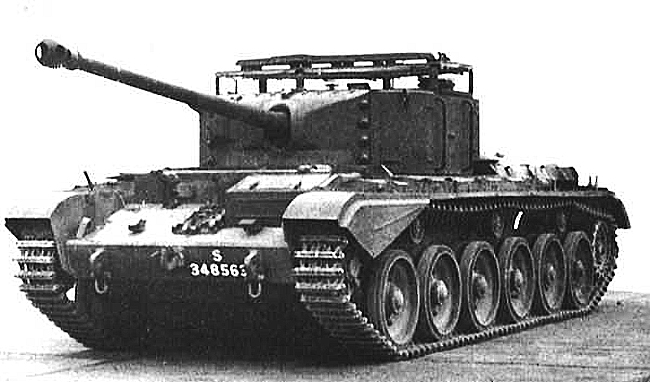
In the end, it was decided to correct the defects of the A30 turret to produce an improved tank hunter. Early in 1943, Development on of what was called the Self Propelled 17pdr, A30 (Avenger). This new model was given to Leylands motors. Still, it retained a fully traversing turret, but open-top like American tank destroyers. The hull was basically the same, reusing all components and engine. Performances were expected better.
The Royal Artillery was now in a tight corner between a passable A.30 classified as a tank and a complete void, but quick portee conversion projects. Therefore, the A.30 was reclassed for the Royal Armoured Corps by the Ordnance and more projects of placing the 17-pdr on Cromwell/Valentine/Vanguard chassis went on. The slow Valentine was chosen on May 24th, 1943, for the Valentine, 17-pounder SP, better known as the Archer. The latter clearly had its own limitatons and only fit a particular tactic. Mouting the gun forward was a priority, notably because at that stage it was believed the allies would be mostly advancing, not only setting up mobile defensive and ambush lines to deal with counter-attacks.
The artillery still had huge expectations and stated that 1,350 tank destroyers were needed in 1943 and 450 more in 1944, 200 for 1945 as stated by Major General Eldridge. But whatever his will, the tank destroyer program was still in jeopardy and foreign aid helped a large bit, purchasing 700 GMC M10s and ultimately 1,648 vehicles later converted as the Achilles with the 17-pdr gun.
The RAC also considered for a time to acquire the American GMC T70, or M18 Hellcat then in development. Two were procured to be tested, registered S.238462 and S.238463 and the War Department even prepared an order for 800 (S.263894-S.264693) but as tested it soon happened the 17-pounder didn't fit in and the plan was cancelled. The Royal Artillery eventually conclused the obly wasy forward was Robotam's proposition of the A.30, one a new concept called SP2 (Archer was SP1).
First draft of the A.30 SP2 drafted by Robotam was presented on July 27th 1943. Production of the A.30 SP2 however was deleyed due to the completion of the Avenger already, and shortage of guns used to convert the Archer, so it was pushed back to the second quarter of 1945. When it was agreed to keep the chassis, most efforts were dedicated to look for a suitable turret, with the Challenger as a vivid example of not how to do it. The first was built by Stothert & Pitt and the second by Rolls-Royce and after comparisons, the second design was preferred, under cindition to redesign the gun mount.
The final desigh, with turret ring adjustment and redesign of the sterage space and electrical wiring, was ready by the end of December 1943. To be practical, the allowed mass was raised up to 30 tons, top speed limited to 52 kph. The Challenger challenger had few modifications, but with the new lower RR turret, overall height fell to just 2134 mm, even better than the Crowmwell. The crew was lowered to just 4 men due to the smaller turret, three housed in it, but with the advantage of an excellent visibility due to the opn top. The side armour was also much reduced, 50 mm () thick at the front, 40 mm for the sides and rear. Like the Achilles and Firefly, a massive counterweight was added into a basket to balance the gun mount. This time, the Royal Artillry Corps had its dedicated forward gun tank hunter, even with an open top revolving turret like US tank hunters, in a search and destroy mode.
The Royal Artillery and War Department still argued all that ime about types and volume of orders and the British military in general preferred the SP2 as a faster, less expensive option. British industry limuitations however came into the way and the Challenger, or SP2 were just delayed over and over again for production. It was the SP1 Archer that benefited all the attention while the Achilles IIC conversion became the second focus at the time, filling the needs. By the summer of 1944 the latter was the main tool in cmbat for the RA units.
The later however still wanted its tank destroyer, and produxtion capacity was now take gradually by the A.34 (Comet I) sporting a new chassis and new hull shape with returned rollers on the running gear, leading to many new changes on the SP2. Indeed the Comet succeeded the Cromwell entirely and its chassis was no longer available. This led to redesign both the hull and turret, and as reports over fire from above came in, a roof was being added on the turret, which also needed redesigns.
All this naturally pushed back again development until January 1945. It was as that time the definfitive name was chosen, "Avenger", Mark I. Tank destroyers indeed were attributed A letters (Like the Achilles). A third, airbone model prepared for a northern operation, the SP3, was therefore named the Alecto.
Design
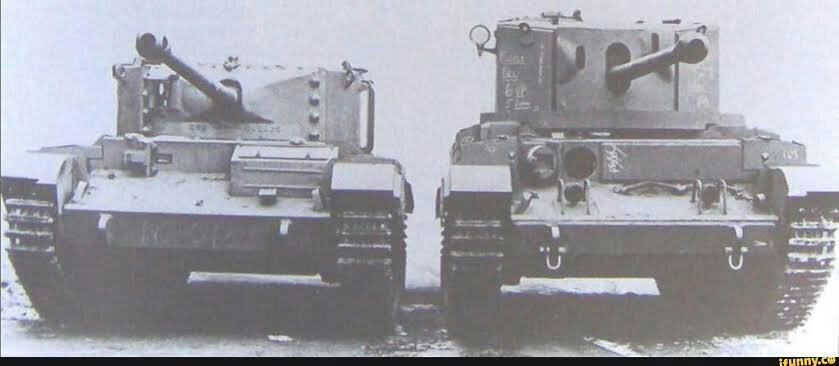
Comparison between the Challenger and Avenger
The pilot model was completed in mid-1944, whereas the American M10 GMC was entering service, and in particular it's 17-pdr conversion called the Achilles. The first prototype used the same suspension, but later further prototypes used the Cruiser Tank Comet (A34) suspension. The most crucial point was the lower superstructure, reduced from 8ft 9in down to 7ft 3in. It became a less obvious target. Hull Length was 28ft 7in (with gun forward), for a width of 10ft, height of 7ft 3in and a crew comprising a commander, driver, gunner, one or two loaders. Total weight, combat loaded was 69,440lb. The driver's vision port was the source of many complaints.
Engine and performances
It was propelled by the same proven 600 hp Rolls-Royce Meteor giving them a 20 mph cross country speed and 32.3mph on road and 105 miles road radius. The biggest change compared to the Crowmell was of course the six-roadwheels and reinforced suspensions system adopted from the Challenger.Armament
The Avenger was fitted with a 17pdf OQF gun completed by a single .303in Bren machine gun for anti-aircraft use. There was no ball lount in the hull nor coaxial to make room wherever possible to the massive 17-pdr rounds. The ordnance was already legendary in 1942, being the most effective antitank guns of the allies. It used a vertical sliding-breech/hydro-pneumatic system, could elevate to -6° to +16.5° and had a 360° travesrse. Its rate of fire was 10 practical, 20 rpm cyclic. Muzzle velocity was an amazing 2,900 ft/s HE and 3,950 ft/s for the APDS round, unique for the time, at and range from 1.5 km (0.93 mi), to 10.5 km (6.5 mi), furing Fixed QF 76.2×583mm (R/135mm) shell declined into seven diffetent types.The gun mount was brand new and for it, the front of the turret was attached with bolts to be easily removed and access to the gun from above. The crew saw the gunner relocated to the right of the breech as the 17-pounder Mk.VII indeed had its breech opening to the left. The turret basket reduced the amount of ammunition on board, to just 55 rounds instead of 70-75 on the Challenger. The Bren gun was its only close defence oustside pistols.
Protection
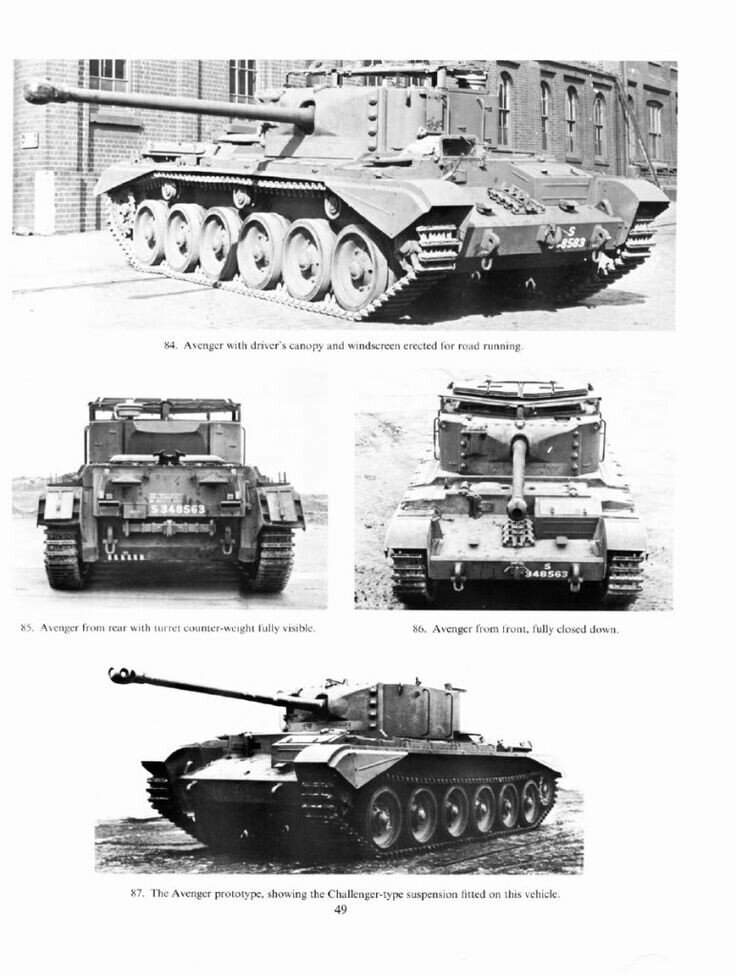
Factory views of the rear, front and side.
The Armour figures were similar to the regular Mk VIII Cromwell, and ranging from 10 mm () on the underbelly, to 101 mm () on the front flat plate. The turret had a mild steel canopy to protect the crew from the elements, more than shrapnells. This canopy also had hatches and the gap between the canopy and turret could receive canvas screens for bad weather, but they were used for scanning the horizon by the commander, at 360°.
In fact the roof was removable, and thus, the overall height went from 2,500 to 2,210 mm, after removal. This "light" roof variant had new redesigned hatches which could be flipped open on struts and still be covered with canvas.
| A30 Avenger SPG specifications | |
| Dimensions | 7 x 2.9 x 2.7 m (26ft 7in oa x 10ft x 7ft 3 in) |
| Total weight, battle ready | 31,2 tons - 69,440lb battle weight |
| Crew | 4 (commander, driver, gunner, 1 loader) |
| Propulsion | Rolls-Royce Meteor V-12 600 hp (450 kW) |
| Suspensions | 6 road wheels, Christie suspension |
| Speed road/off road | 32 mph (51 km/h) -20 mph cross country |
| Range (road) | 105 mi (169 km) |
| Armament | Main : QF Vickers 17-pdr (76.2 mm/3 in), Bren 0.303 in AA |
| Armor | From 20 to 102 mm (0.79–4.02 in) |
| Total production | 200 between 1944-1945 |
Production of the Rolls-Royce's tank destroyer

Comparison between the Avenger and Challenger (reddit)
The first Avenger I pilot vehicle was delivered in February 1945, chassis S.348560. The second one, S.348561, came in April and 500 WD numbers (S.348560-S.349059) were allocated to fill the order, but my May 1945 it was obviously too late. Production was again lower priority, with just 10 vehicles delivered until July 1945.
Meanwhile, the final version became quite different, reaching 31 tons due to the new chassis or even 33 tons in battle order and to meet the weight and height reduction, the platform was lowered while the driver's compartment hatches were redone and considered better than Cromwell/Comet ones, much larger, and so easier to escape.
Overall production is a most controversial topic. Numbers such as 230 to 250 are frequently advanced, but other sources only states 30 were ever delivered. In any case, mass production never happened: Due to shifting priorities and focus on the far more promising Comet tank at Vauxhall Motors plant, the Avengers were only produced at a slow pace from 1945 and the production was cancelled in the summer as the Comet was already delivered in numbers large enough while tank hunter units roaming through Germany already counted thousands of Achilles and Fireflies.
Production priority in 1945 was focused on the Comet and over a total of 230 Avengers ordered, it was cancelled as the war ended and perhaps 60-80 according to recent data in reality were completed by 1946, equipping two self propelled artillery battalions. They were discarded in 1952. Some production records argues that the SP1 and SP2 (Archer and Avenger) were mixed, making indeed for a total of 230-250. Due to budget constraints the intial 500 order was shelved and production really ended, still at slow pace to keep the workers and factory busy, until March 1947, the registered being S.348639.
Operational use
The third pilot (S.348562) started intensive trials in July 1945, showing the larger mass was not detrimental to performances, with 56 kph and 43.5 kph on average on unever ground, down to 29 kph in extreme terrain. The driver's position and is seat became a main complaint, with poor vision through the observation port, which was fairly small compared to previous designs. The driver also had difficulties Changing gears, but there were no easly workarounds.Further trials had the pilot going through 2,426 km on a highway, 2,406 off-road with The last 1,600 km having it start to fall apart, while 37 defects were discovered. The gearbox was so worn out it had to be replaced at just 1,984 km. But overall, it passed the tests and most defects were ironed out as the production went on. The fighting compartment and ammunition racks ended as well design, if cramped. The turret dispositon was fairly well designed as it took just 8 seconds to reload the gun.
The Avenger was eventually too late, but also faster and lower than the GMC M10 and a perfect match for the British artillery, at the very last. Its post-war fate was short, in the two regiments filled, including one in Germany, BAOR, in the occupation zone, retired in 1949. The other was in Britain and retired possibly in 1952 for some sources. Sooner likely. When it served with the British Army of the Rhine (BAOR) it of course saw many exercizes, allowing to fire its gun, but never saw any combat action. Also as it appears, no photo exists of its BAOR deployment, which makes the mention dubious until something comes out. In the end, fate, dicated by the vagaries of British tank production, doomed a model which was eventually all the Royal Artillery Corps desired, but far too late. The same faite awaited the Alecto, which even had less utility postwar.
Illustrations

A30, fourth pilot, S.348563, with turret markings, summer 1945.

A30, S.348583, 24th production vehicle with a modified top and gun in travel position, late 1945.
Gallery

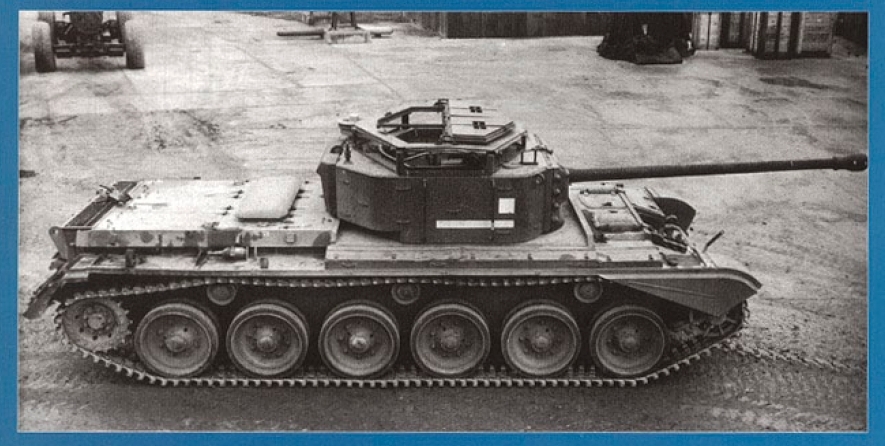
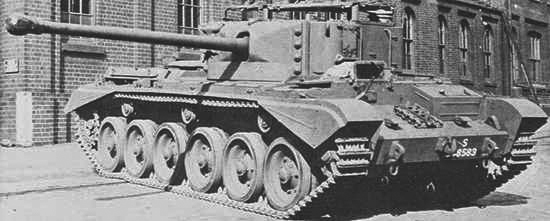


Pinterest model, showing the large folbable hatch on top.

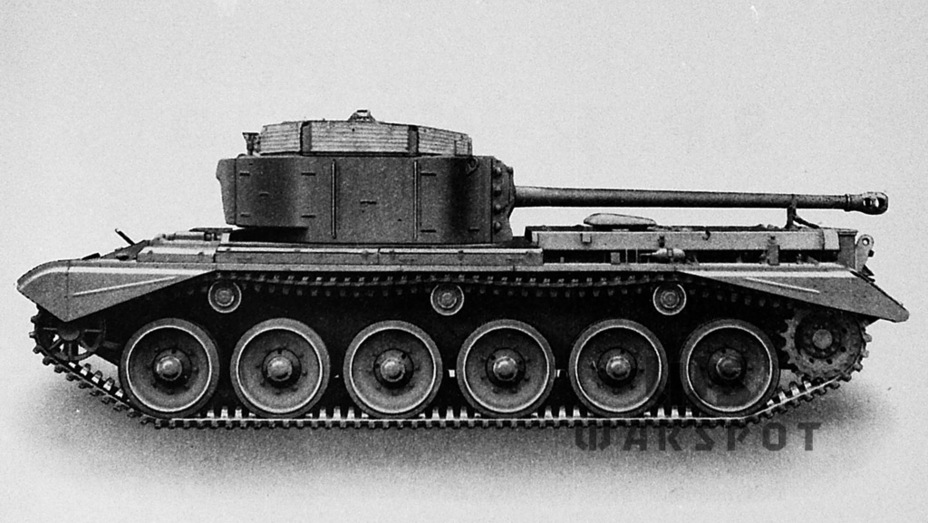
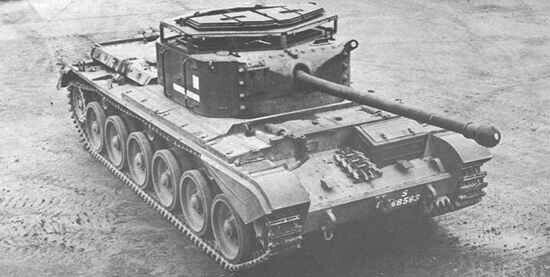
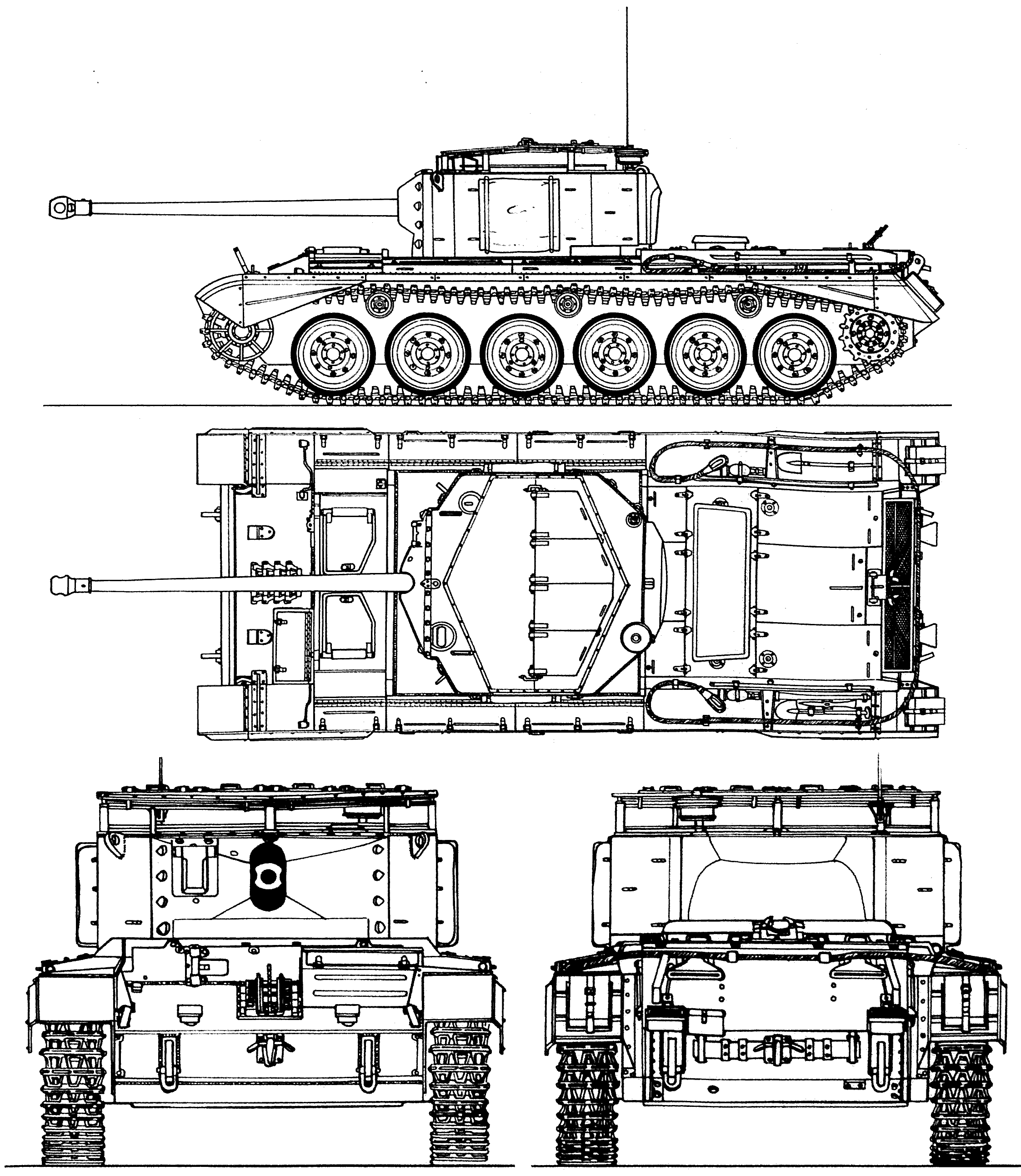
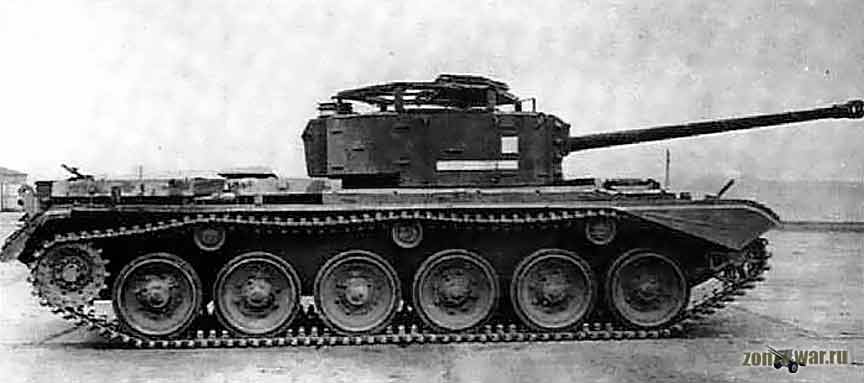
Sources
historyofwar.orgtankarchives.ca/
alliedtanksafvs.blogspot.com
wardrawings.be
warspot.net
www.mmowg.net
service life on ww2talk.com
henk.fox3000.com cromwell variants
Book: British Self Propelled Gun A30 Avenger & Cruiser tank A30 Challenger, Tank Power 528
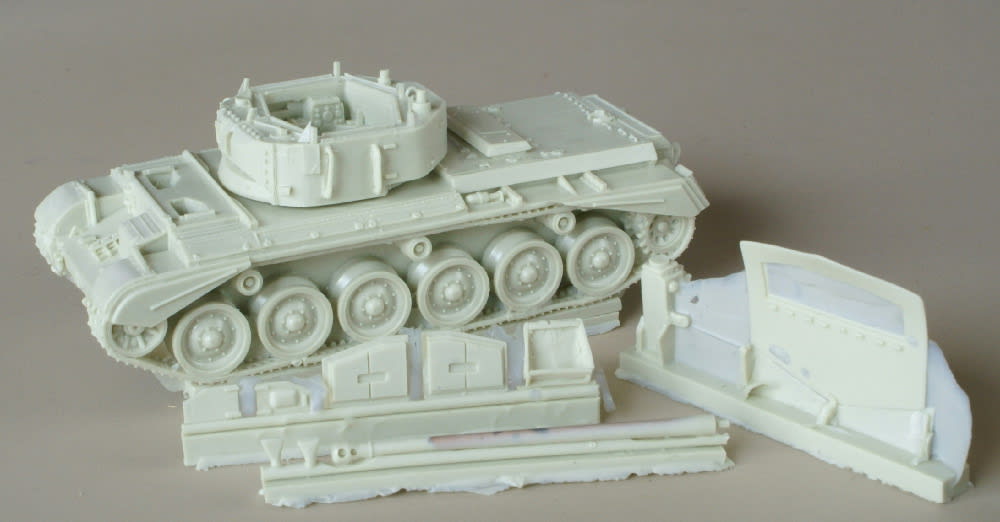
Model kit: International Models Asia No. IMA01135 1:35

WW2 Tanks




























WW2 tanks posters

All Tiger tanks liveries.

Panther liveries and variants

WW2 Armour - All tanks











Tanks aces and single tanks series

Find more there

Museums, Movies, Books & Games
The Tanks and Armor in pop culture
Tanks and armored vehicles in general are only really grasped when seen first person: The mass, the scale, it's all there. Explore also the way tanks were covered in the movie industry, in books and in video games.Movies:
Best tanks movie on warhistoryonline.com
On imdb.com
On bestsimilar.com/
miltours.com
liveabout.com/
watchmojo.com
Video Games:
pcgamesn.com
historyhit.com
levvvel.com
vg247.com/best-tank-games
mmobomb.com/
alienwarearena.com

